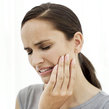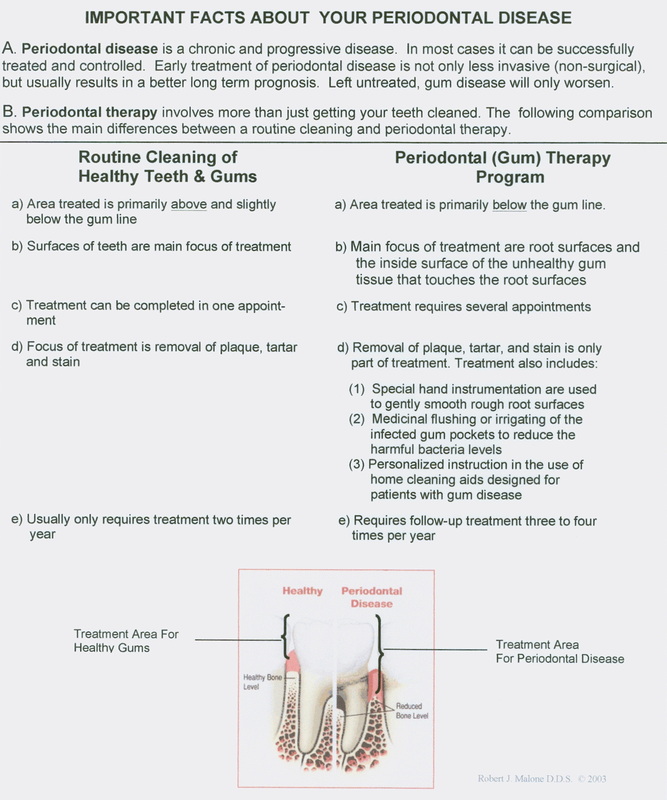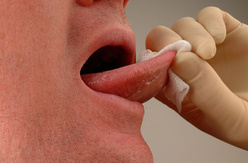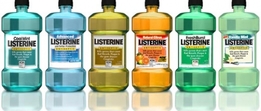|
A. Periodontal disease is a chronic and progressive disease. In most cases it can be successfully treated and controlled. Early treatment of periodontal disease is not only less invasive (non-surgical), but usually results in a better long term prognosis. Left untreated, gum disease will only worsen.
B. Periodontal therapy involves more than just getting your teeth cleaned. The following comparison shows the main differences between a routine cleaning and periodontal therapy. Except from: Dr. Robert J. Malone D.D.S.
1 Comment
"For more than a decade, a body of scientific study has developed, which has identified a relationship between oral health and overall health. These studies have focused on the correlation between chronic oral infection and inflammation (periodontal or gum disease) and several medical conditions: diabetes, heart disease, stroke, respiratory disease, pregnancy, and some cancers."
"In fact, 120 disease symptoms can be detected in the mouth by a dentist and one of two people in the United States has some form of periodontal (gum) disease. Periodontal disease is a chronic bacterial infection that affects the gums and bone supporting the teeth. It is the most significant dental disease affecting adults and the severity increases with age. More than 75% of people >35 are known to be affected by some type of periodontal disease." "A recent 2-year study by the Columbia University's College of Dental Medicine found that patients with earlier periodontal treatment had medical care costs that were lower by:
Excerpt from "A Healthy Mouth Contributes to Overall Health" in Dental Abstracts "Dental Benefits -- A New Value Proposition" by Joseph V. Errante, D.D.S. Periodontal therapy involves many factors and events, including probing, radiographs, diagnosis, case typing, treatment planning, scaling, irrigating, surgery, prescribing, re-evaluating, and perio maintenance, among others. Some or all of these activities are necessary to arrive at a successful clinical outcome; however, only one of them determines the longevity of our successful treatment results. It's all about perio maintenance.
Perio maintenance is every three months for life – the life of the patient or life of the dentition. This is not an arbitrary interval. When a biofilm is forming, the early colonizing bacteria are not pathogenic; they cannot cause perio disease. If this biofilm is not eliminated or adequately dismantled, the later colonizing perio pathogens come onboard the biofilm. They become the predominant species in three to 12 weeks, and 12 weeks is obviously three months. That's when we want to get them, not one or three months later. The timing of biofilm development provides a sound bacterial rationale for maintenance every three months. Patients can only get periodontitis if they are genetically susceptible to it, which is true for all diseases. Some people smoke nonfiltered cigarettes for 40 years and never get cancer because they do not have the oncogenes necessary for it to develop; i.e., they are not genetically susceptible to cancer. Dental professionals have the primary role in diagnosis and treatment, but the patient has the primary role in maximizing the longevity of successful treatment results. It is critically important that patients understand their role. Without patient compliance we will never be able to achieve long-lasting, favorable results. Appropriate, effective treatment will achieve disease resolution, but only appropriate maintenance and home care will perpetuate the favorable results. Without it, the disease will recur every time. Research shows that perio patients who do not receive proper maintenance lose two to three times more teeth and need active therapy twice as often as those having proper perio maintenance. Successful perio therapy requires considerable attention to the patient's dental, medical, and family histories, clinical presentation, risk factors, and underlying biological processes. Proper perio maintenance to enhance the longevity of the favorable results we achieve is simple: every three months for life. It's all about perio maintenance. Dr. Richard Nagelberg has practiced general dentistry in suburban Philadelphia for more than 27 years. He is a speaker, advisory board member, consultant, and key opinion leader for several dental companies and organizations. He lectures extensively on a variety of topics centered on understanding the impact dental professionals have beyond the oral cavity. Contact him at gr82th@aol.com.  You may have a very commonly occurring problem in one of your teeth. Teeth may crack when subjected to stress of chewing hard foods or ice or by biting on an unexpected hard object. Teeth with or without restorations may exhibit this problem, but teeth restored with typical silver alloy restorations are the most susceptible. SYMPTOMS AND SIGNS ARE SOME OR ALL OF THE FOLLOWING:
Proper fit of a sports mouthguard or performance enhancing mouth wear is based on craniofacial neurometabolic physiology, which is how the relationship of the jaws affects an athlete's performance.
Sports dentistry includes not only protecting patients from injury, but also helping them enhance performance. Mouthguards create a cushion on potential stabilization of the temporomandibular joint. Sports dentistry is a combination of treatment and prevention.
LISTERINE Antiseptic mouthrinse has a 125 year history and is the most extensively studied nonprescription mouthrinse on the market. LISTERINE Antiseptic is the only nationally branded nonprescription antimicrobial mouthrinse to carry the ADA Seal of Acceptance, and it is the number-one dentist-recommended brand of nonprescription antimicrobial mouthrinse.
A hundred years after LISTERINE Antiseptic was created, the importance of preventing plaque was well established. Furthermore, studies showed that most patients are not able to adequately control plaque by brushing and flossing because of a combination of poor dexterity, insufficient time spent on oral hygiene, and the presence of implants, crowns, and braces. By the turn of the new century, LISTERINE Antiseptic mouthrinse had been shown in clinical trials to reduce supragingival plaque (up to 70%), the development of gingivitis (up to 44%). Recent research suggests that prevention of periodontal disease is a critical component of overall good health. Although a cause-and-effect relationship has not been established, studies suggest a possible association between advanced gum disease and cardiovascular disease, diabetes, pneumonia, and low pre-term birth rate. LISTERINE Antiseptic mouthrinse is a broad-spectrum antimicrobial, and it kills bacteria associated with plaque and gingivitis by disrupting the bacterial cell wall. It kills both Gram-positive and Gram-negative organisms. The alcohol in LISTERINE Antiseptic (ethanol) serves as the optimal carrier to help the 4 essential oils quickly penetrate the plaque. |
ABOUT DR. LYONSDr. Garrett Lyons, Jr. attended Georgetown University School of Dentistry where he was President of the 1985 graduating class and received the Pierre Fauchard Award for Leadership. He was previously President of the Delaware State Dental Society, and currently, Dr. Lyons, Jr. is a member of the ADA, AGD, and a fellow at the American Society of Dental Aesthetics, Crown Council, and an accredited member of the AACD where he served on the Board of Directors from 1995 - 1999. He was the chairperson of the Public Relations Committee in 1994, and a member of the Board of Governors, as well as as well as an accreditation examiner, for the AACD. Dr Lyons, Jr. is also an active member of the Academy of Osseointegration. ArchivesCategories |





 RSS Feed
RSS Feed